Travel Guide To Meeting Incall Escorts In London
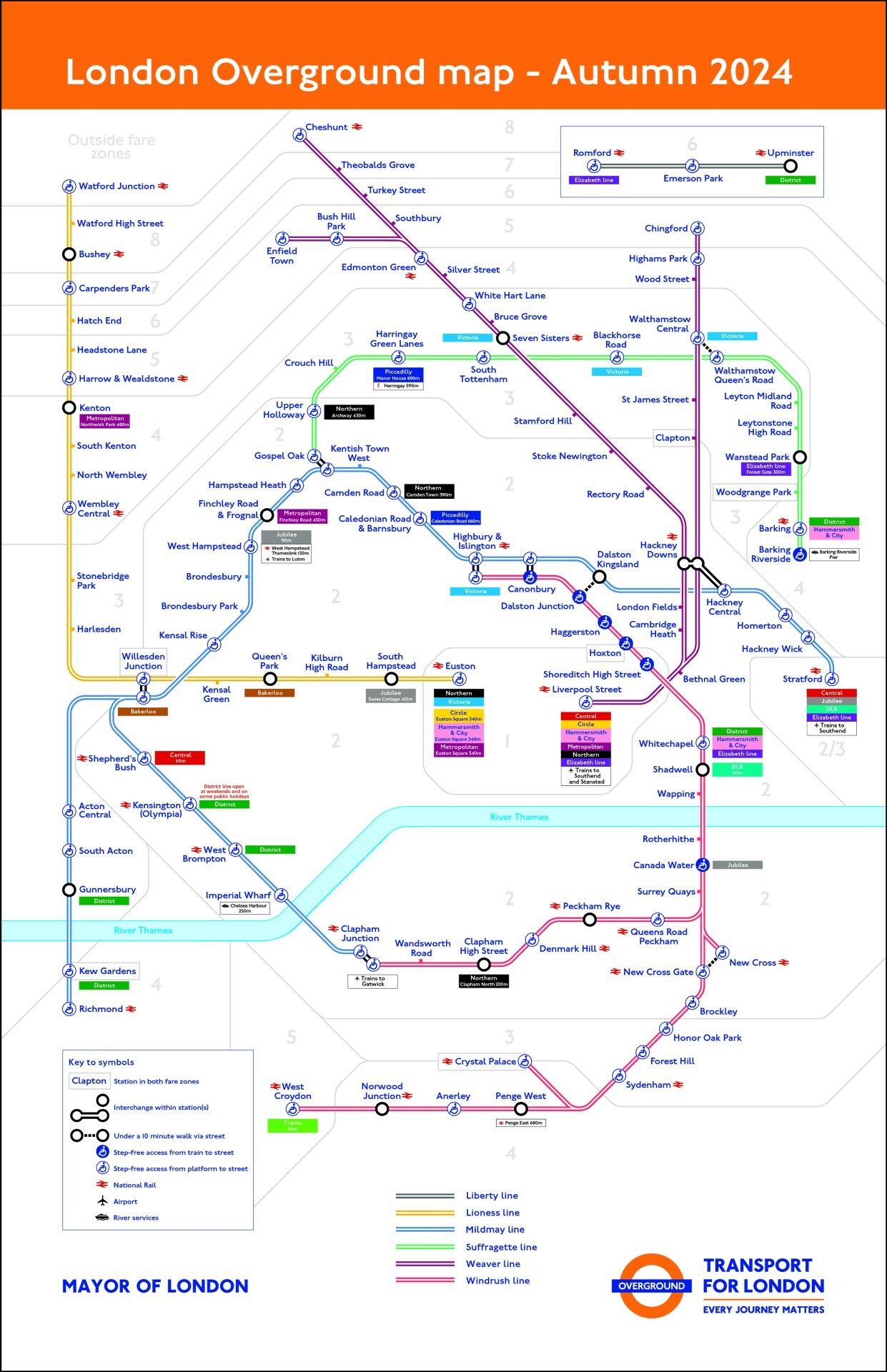
Navigating Central London can be a daunting task, especially when trying to meet up with incall escorts. Avoiding delays and find addresses can be a stressful thing if you have never done it before. So, in this guide, we aim to provide you with all the tips local Londoners know, so you get travel around the city and meet escorts as fast as possible.
What Are Incall Escorts?
Incall escorts refer to a type of service where the escort hosts the client at their location, providing a convenient and private setting for the encounter.
This type of service offers clients a discreet and comfortable environment to fully relax and enjoy their time with the escort. By opting for an incall booking, individuals can avoid the hassle of finding a suitable venue for the meeting, as the escort takes care of all the arrangements. Clients benefit from the added security of meeting at the escort's location, ensuring a safe and controlled setting for the encounter. The personalised ambience of an incall session often enhances the overall experience, allowing clients to feel more at ease and focused on their enjoyment.
The Best Public Transport Methods to Get Around Central London
Navigating Central London efficiently requires an understanding of the various public transport methods available, including the London Underground, buses, and taxis, which are essential for both Londoners and newcomers looking to travel around the city without incurring high travel costs.
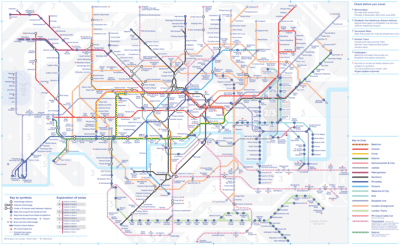
London Underground (The Tube)
The London Underground, commonly known as 'The Tube', is one of the fastest and most efficient ways to navigate through the busy streets of Central London, especially during rush hour.
When using the London Underground, it's essential to familiarise yourself with the different tube lines and their connections. For example, the Central line runs east to west through the heart of London, while the Jubilee line offers a quick route from north to south. To plan your journey, utilise the TfL journey planner online or on the official TfL app.
When entering tube stations, look out for signs directing you to specific lines or platforms. Remember that during rush hour, certain stations may be incredibly crowded, so try to avoid peak times if possible. It's also worth noting that Oyster cards or contactless payment are the most convenient ways to pay for your tube journey, offering discounted fares compared to paper tickets.

London Overground
The London Overground is a convenient public transport option that connects Central London with various local areas, providing a cost-effective alternative to the Underground.
One of the key benefits of using the London Overground is its extensive network, covering regions across Greater London and extending into the surrounding areas, making it easier for commuters to reach their destinations seamlessly. The Overground's routes are designed to complement other modes of public transport, such as buses and trams, offering passengers a flexible and efficient travel experience.
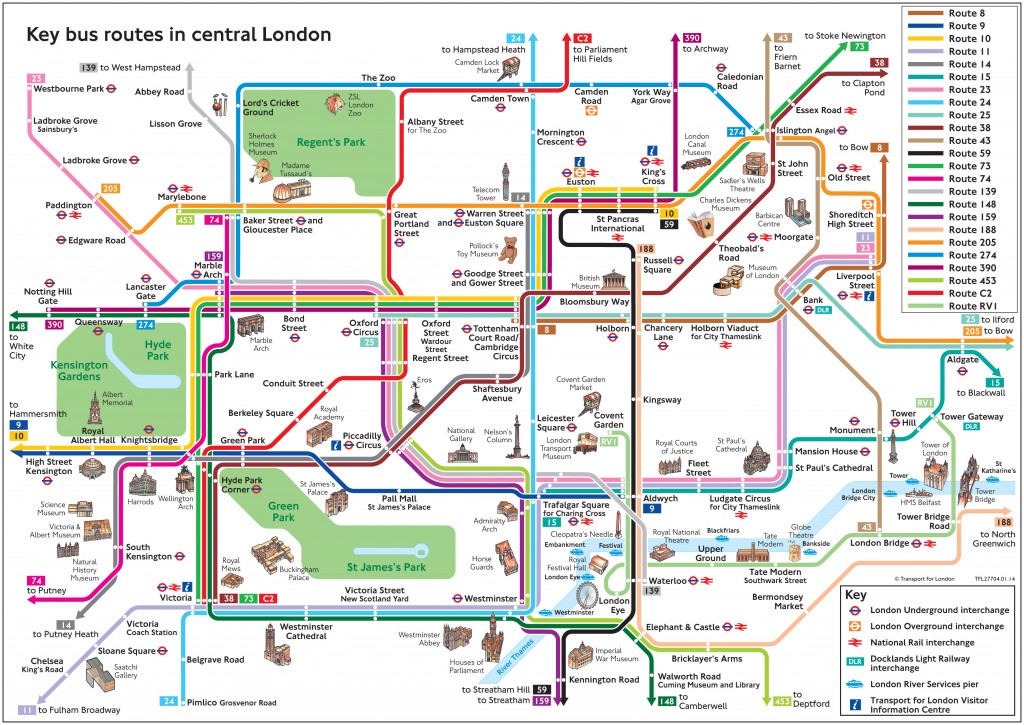
Buses
London buses offer an extensive network of bus routes that cover almost every part of the city, and using a day saver ticket can provide unlimited travel for a whole day.
For first-time users, navigating London's bus network might seem a bit daunting at first. With the iconic red buses and clear route maps displayed at every bus stop, finding your way around the city becomes much simpler. It's advisable to check Transport for London's website or use their dedicated app to plan your journey and stay updated on any route changes or disruptions.
In terms of key routes, the buses that traverse through central London, such as the number 11 from Fulham to Liverpool Street or the number 15 from Trafalgar Square to Blackwall, are among the most popular and frequented by both locals and tourists. These routes offer a great way to see the city's landmarks and attractions from the comfort of a bus seat.
The frequency and reliability of London buses are generally commendable, with most major routes operating every 5-10 minutes during peak hours. Buses are known for being wheelchair accessible and equipped with ramps, making them inclusive for all passengers.
Taxis
Taxis, including the iconic black cabs and various minicab services, are a flexible and convenient way to get around Central London, with taxi firms offering reliable service and a taxi calculator available to estimate taxi fares.
Black cabs, known for their distinctive look and availability on London streets, are licensed taxis that can be hailed on the road or picked up at designated taxi ranks.
On the other hand, minicabs, which are typically pre-booked through a minicab office or a taxi app, provide a more customised and pre-planned approach to transportation.
In terms of booking, black cabs usually operate on a metered fare basis, whereas minicabs often offer fixed prices agreed upon when booking. Some reputable taxi firms in London, such as Addison Lee and Uber, provide easy-to-use apps for quick and efficient taxi bookings.
Using a taxi calculator can help estimate fares in advance by inputting the starting and destination points, giving travellers an idea of how much the journey is likely to cost. By using taxis, passengers can enjoy the convenience of door-to-door service, especially during late hours or when travelling with luggage.
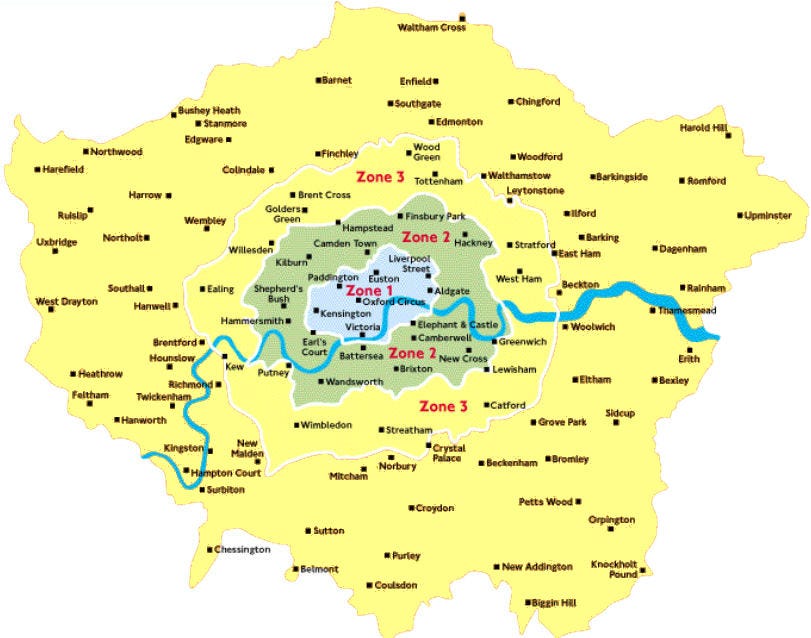
The Zones and Postcodes for Meeting Incall Escorts in London
Understanding the zones and postcodes of Central London is crucial for arranging incall bookings with escorts, as it helps in identifying the most convenient locations and nearby London landmarks for a seamless experience.
Zone 1
Zone 1 encompasses the heart of Central London, including popular areas like the City of London, Mayfair, Soho, Covent Garden, and Bloomsbury, making it a prime location for meeting incall escorts.
Each area within Zone 1 offers its own unique charm and attractions. The City of London, the financial district with iconic skyscrapers, provides a bustling backdrop for incall appointments. Mayfair, known for its upscale shops and private members' clubs, exudes luxury and sophistication.
Soho, a vibrant entertainment district with theatres, restaurants, and nightlife, offers a lively atmosphere for encounters. Covent Garden's cobbled streets and market stalls create a romantic setting for incall bookings, while Bloomsbury, with its literary history and beautiful squares, provides a more serene environment.
Zone 2
Zone 2 includes well-connected areas such as Bayswater and Earls Court, which offer excellent transport efficiency, making it easier to travel around and meet incall escorts.
Plus Bayswater and Earls Court, other notable areas in Zone 2 with exceptional transport links for incall bookings include Clapham, Greenwich, and Hampstead. These areas benefit from being serviced by multiple tube lines and overground trains, providing easy access from various parts of the city. This means clients and London escorts can reach their meeting points swiftly and conveniently without any hassle.
Clapham boasts both Underground and Overground stations, connecting it to Central London swiftly. Greenwich, with its DLR and railway stations, offers a direct link to the financial district and Canary Wharf. Hampstead, surrounded by picturesque green spaces, is well-connected by the Northern line, ensuring a quick journey to and from the area.
Zone 3
Zone 3 covers more suburban local areas that are still well-served by public transport, as well as offering the option to travel by car for those who prefer driving.
Compared to the bustling city centre areas of Zones 1 and 2, Zone 3 provides a more serene and residential environment. The neighbourhoods in Zone 3 often boast spacious houses with gardens, offering a peaceful retreat away from the hustle and bustle of urban life. Despite being farther away from the city core, Zone 3 maintains good connectivity with the rest of the city through efficient public transport networks. This zone strikes a balance between accessibility and tranquillity, making it an attractive choice for those seeking a quieter living environment.
Postcodes for Central London
Central London postcodes, such as WC1, WC2, and SW1, cover important London streets and areas within the city centre, making them key locations to consider according to any travel guide.
For example, WC1 includes areas like Bloomsbury, Holborn, and Kings Cross, known for their vibrant cultural scene and historic architecture. WC2 encompasses Covent Garden and the West End, famous for its theatres, shopping, and dining options. SW1 covers prestigious districts like Westminster and Belgravia, home to iconic landmarks such as Buckingham Palace and the Houses of Parliament.
These postcodes are particularly relevant for incall bookings as they are centrally located, easily accessible by public transport, and offer a diverse range of accommodation options ranging from luxury hotels to charming boutique guesthouses.
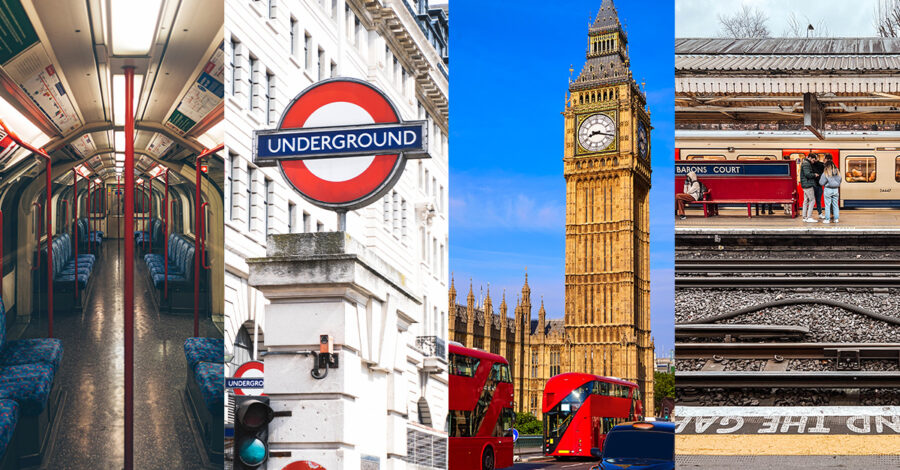
Tips for Navigating Central London
Navigating Central London efficiently requires a combination of appropriate transport methods and practical travel advice, especially considering factors such as the congestion charge and peak travel times.
Use Google Maps
Google Maps is an invaluable travel guide for ensuring transport efficiency around Central London, helping you navigate local areas and plan the best routes.
By simply inputting the address of the escort, Google Maps will calculate the fastest and most convenient way to get there. The app allows you to explore the local area, providing information on nearby attractions, restaurants, and landmarks. Whether you're a tourist exploring the city or a local commuter, Google Maps is a must-have tool for seamless navigation in Central London.
Plan Ahead for Traffic and Delays
Planning ahead for traffic and delays, especially during rush hour, is crucial for a smooth journey in Central London, and choosing the right transport methods can make all the difference.
One effective tip to avoid getting stuck in traffic is to utilise navigation apps like Google Maps to check for real-time updates on road conditions, construction, and accidents. These apps can suggest alternative routes to help you avoid congestion and delays. If possible, try to schedule your journey outside of peak traffic times to minimise the chances of being caught in rush hour. Considering alternative transport options such as buses, trains, or even cycling can also provide a more efficient and stress-free travel experience in the city.
Take Advantage of Off-Peak Travel
Taking advantage of off-peak travel on public transport, such as the London tube, can significantly reduce travel costs and provide a more comfortable journey.
Travelling during off-peak hours not only saves you money but also allows you to enjoy a peaceful commute without the usual rush and overcrowding. The benefits extend beyond just financial savings, as you may find yourself with more breathing space, fewer delays, and a generally more pleasant experience. Choosing to travel at less busy times means you can relax and maybe even get a seat to yourself, making your journey more enjoyable and less stressful.


